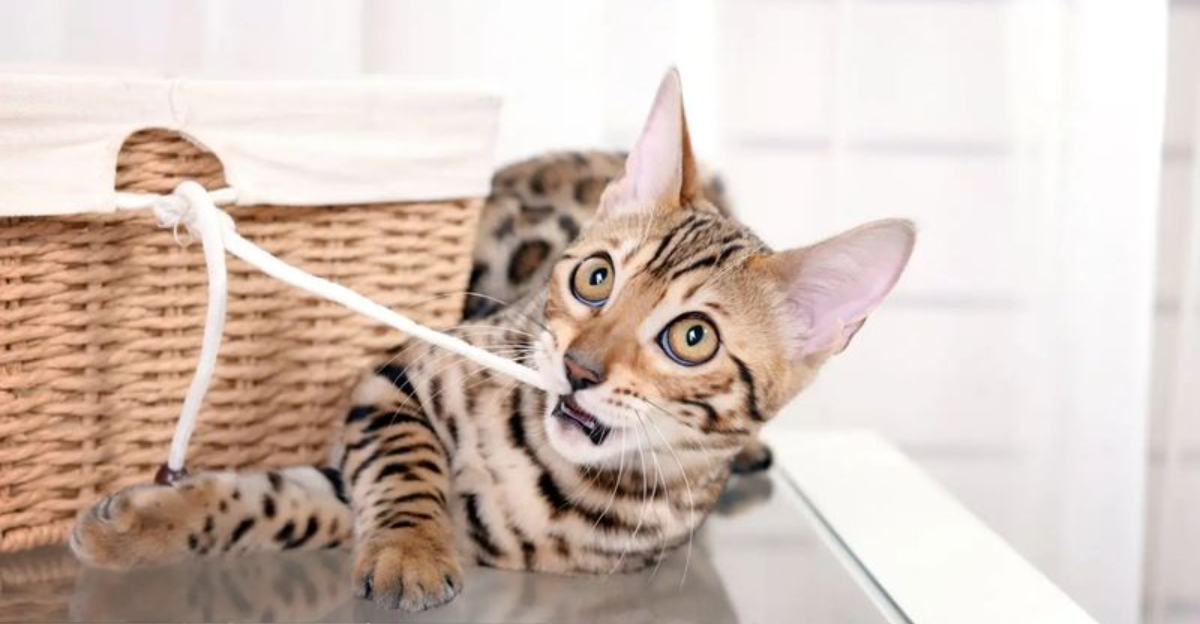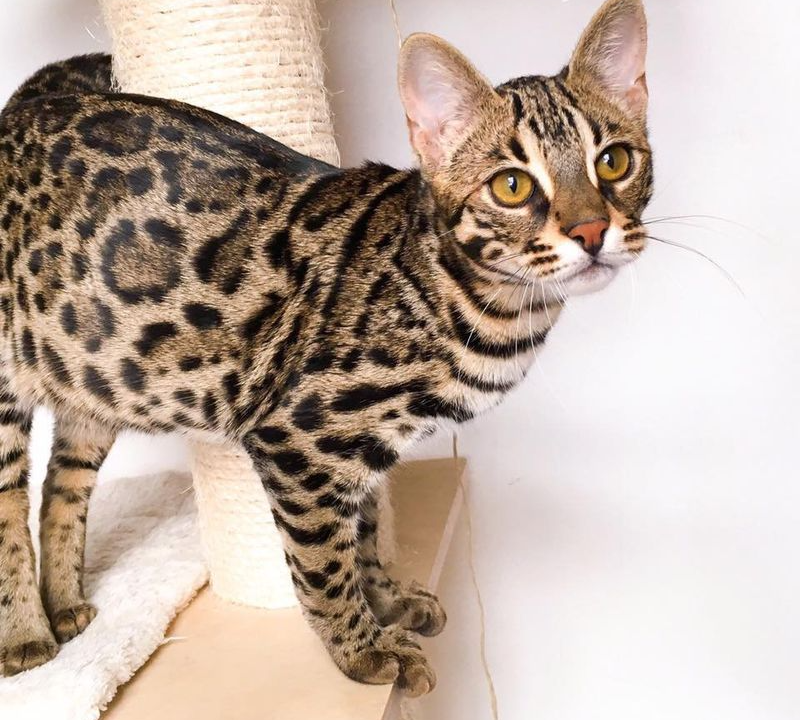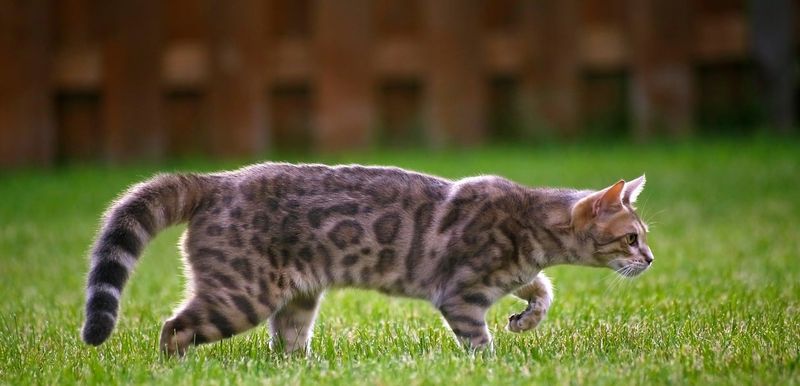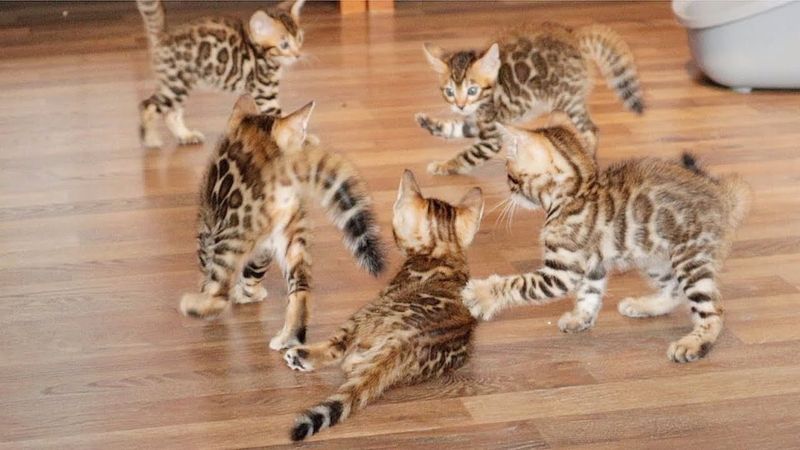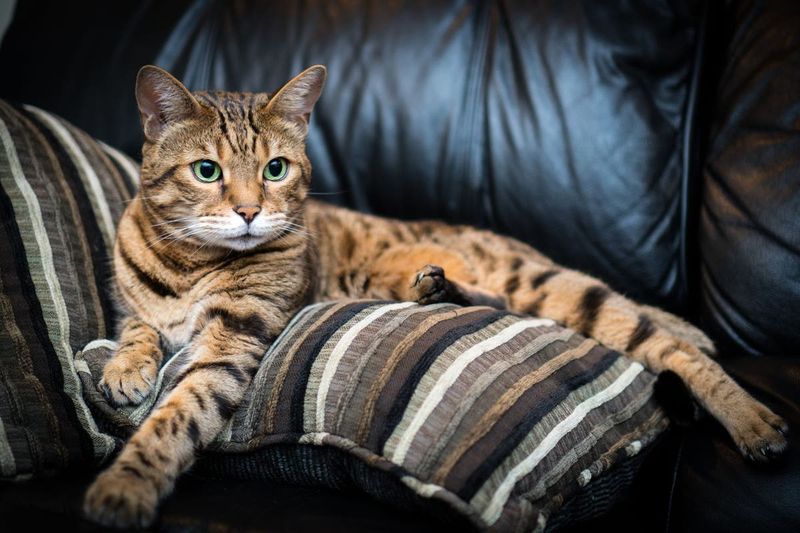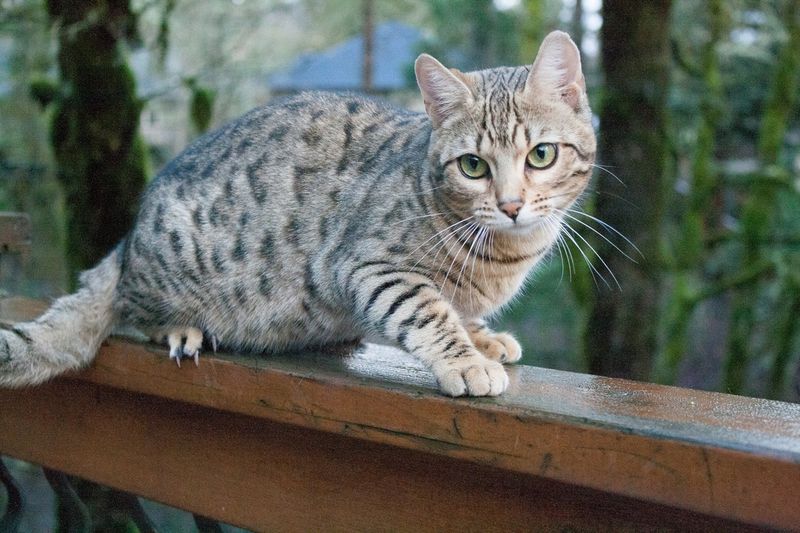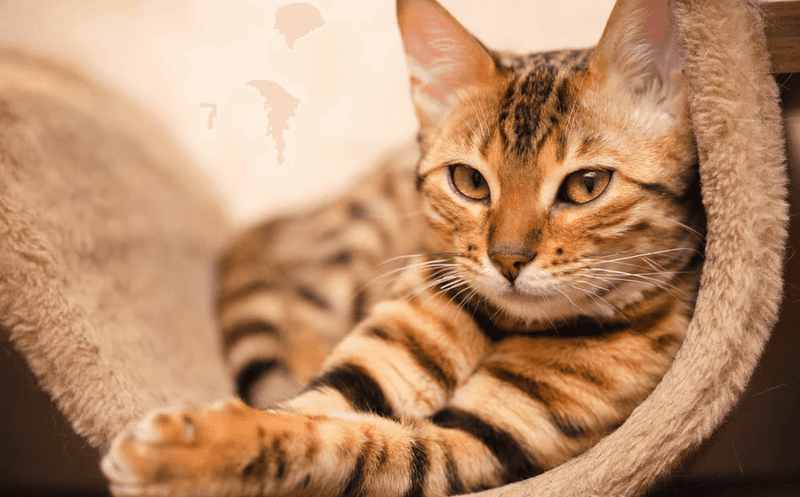📖 Table of Content:
At first glance, Bengal cats captivate with their exotic beauty—sleek, spotted coats and wild, piercing eyes that mirror their distant ancestors. Marketed as domestic pets with the allure of the jungle, Bengals have surged in popularity among cat enthusiasts. But beneath that designer fur lies a complexity many owners don’t fully anticipate.
Though selectively bred for temperament and appearance, the Bengal is still only a few generations removed from the wild Asian leopard cat. That means they’re carrying not just the physical traits of their wild ancestors, but many behavioral patterns too. Their instincts, intelligence, and independence set them apart from the average tabby lounging in a sunny windowsill.
In reality, living with a Bengal cat is less like having a mellow house pet and more like cohabiting with a miniature wild animal. These cats demand space, stimulation, and structure in ways that feel more like accommodating a wild companion than pampering a domestic feline. If you’re thinking about bringing one home, here are eight important reasons to reconsider how “domesticated” they truly are.
1. Wild Ancestry Still Lingers
Despite generations of breeding, Bengal cats still carry the DNA of their wild ancestor—the Asian leopard cat—which shapes much of their personality and behavior. You won’t always see it in a kitten, but as Bengals mature, their wild instincts often emerge more clearly. These include behaviors like stalking, pouncing without provocation, or rejecting human handling when overstimulated. Even well-socialized Bengals may retain a “one-foot-out-the-door” attitude, preferring autonomy over constant cuddling. While other breeds have been domesticated over centuries, Bengals are only a few decades into that journey. That limited timeline means they haven’t yet lost many of their primal instincts. Essentially, they are closer to being tamed than fully domesticated.
2. High Prey Drive
An unmistakable feature of Bengals is their intense prey drive, which surpasses that of most domestic breeds. Whether it’s a fly on the wall or a mouse in the garage, Bengals go into full hunting mode with laser-like focus. This isn’t just playful behavior—it’s instinctual and driven by their wild roots. Owners often find their Bengals trying to “hunt” other small pets or even household items like feather dusters or socks. While it can be entertaining, it also means they may not be safe around rodents, birds, or reptiles in the home. Their need to hunt and stalk is hardwired, not trained. In this sense, they act more like a wild predator than a passive pet.
3. Extraordinary Energy Levels
Forget lazy cat naps—Bengals are go-go-go from dawn until well past dusk. These cats require high levels of physical and mental stimulation to stay balanced. Without it, they often resort to chaos: knocking items off shelves, scratching furniture, or engaging in non-stop yowling. Their need to run, jump, and explore isn’t just a quirk—it’s a fundamental part of who they are. In fact, a Bengal denied sufficient activity can develop anxiety or destructive habits quickly. Unlike other domestic breeds that are satisfied with a few toys, Bengals often need obstacle courses or leash walks. Meeting their energy demands feels more like parenting a toddler than owning a cat.
4. Territorial and Aggressive Tendencies
Occasionally, Bengal cats can exhibit aggressive or dominant behavior, especially in multi-pet households. Their territorial instincts make them highly protective of their space, food, and favorite humans. Unlike calmer breeds that retreat when threatened, Bengals may stand their ground—hissing, swatting, or even attacking. Socialization from a young age can help, but it doesn’t erase the deeply rooted instinct to defend what’s theirs. They often thrive best in environments where their domain is clearly defined. Introducing new pets or guests can become a stressful and risky affair. As a result, managing their environment is essential to minimize conflict.
5. Vocal Nature
Brace yourself for conversations you didn’t ask to have—Bengals are among the most vocal cat breeds. They’ll let you know when they’re hungry, bored, annoyed, or just feeling talkative. But their “meow” doesn’t stop at cute chirps—it often includes loud howls, persistent cries, and attention-seeking vocalizations. Silence is rare when a Bengal is in the room, and ignoring them usually makes them louder. Their constant communication is a sign of their alertness and emotional expressiveness. Some owners find this endearing, while others find it overwhelming. Either way, quiet companionship is rarely an option with a Bengal around.
6. Escapist Instincts
Nowhere is safe if a Bengal cat is determined to escape—it’s almost like they see barriers as challenges to conquer. Whether it’s screens, doors, or even high shelves, Bengals often use their strength and smarts to find a way out. Their Houdini-like tendencies can lead to open windows becoming dangerous exits or enclosures being outsmarted in minutes. While curiosity is common in all cats, Bengals take it to another level with purpose and persistence. This puts outdoor risks like traffic or wild animals back on the table if you’re not vigilant. Ensuring their safety often requires the same precautions you’d use with a wild animal or toddler. In short, containment is never guaranteed.
7. Training Challenges
Although they’re smart enough to learn tricks and commands, Bengals don’t always cooperate on cue. Their intelligence comes with a heavy dose of independence, making them more likely to evaluate your requests than obey them. Positive reinforcement can help, but consistency is key and progress can be slow. Many owners find themselves in a mental tug-of-war, trying to outsmart a cat that already thinks it’s two steps ahead. Training isn’t impossible, but it’s rarely straightforward or easy. Compared to breeds eager to please, Bengals often question the point of commands. This rebellious streak reveals just how close they still are to their untamed lineage.
8. Sensitivity to Environment
Small changes in their environment—like new furniture or unfamiliar scents—can unsettle a Bengal cat dramatically. They tend to be hyper-aware and respond strongly to disruptions in their routine or territory. While some cats adapt quickly, Bengals may act out with behavioral shifts like aggression, hiding, or sudden vocal outbursts. Their need for control and familiarity means they often require more patience and structure than typical house cats. Travel, renovations, or even new roommates can create lasting stress if not handled carefully. In many ways, their hypersensitivity mirrors that of animals not fully acclimated to human life. This makes stability a key component in keeping them happy and manageable.
